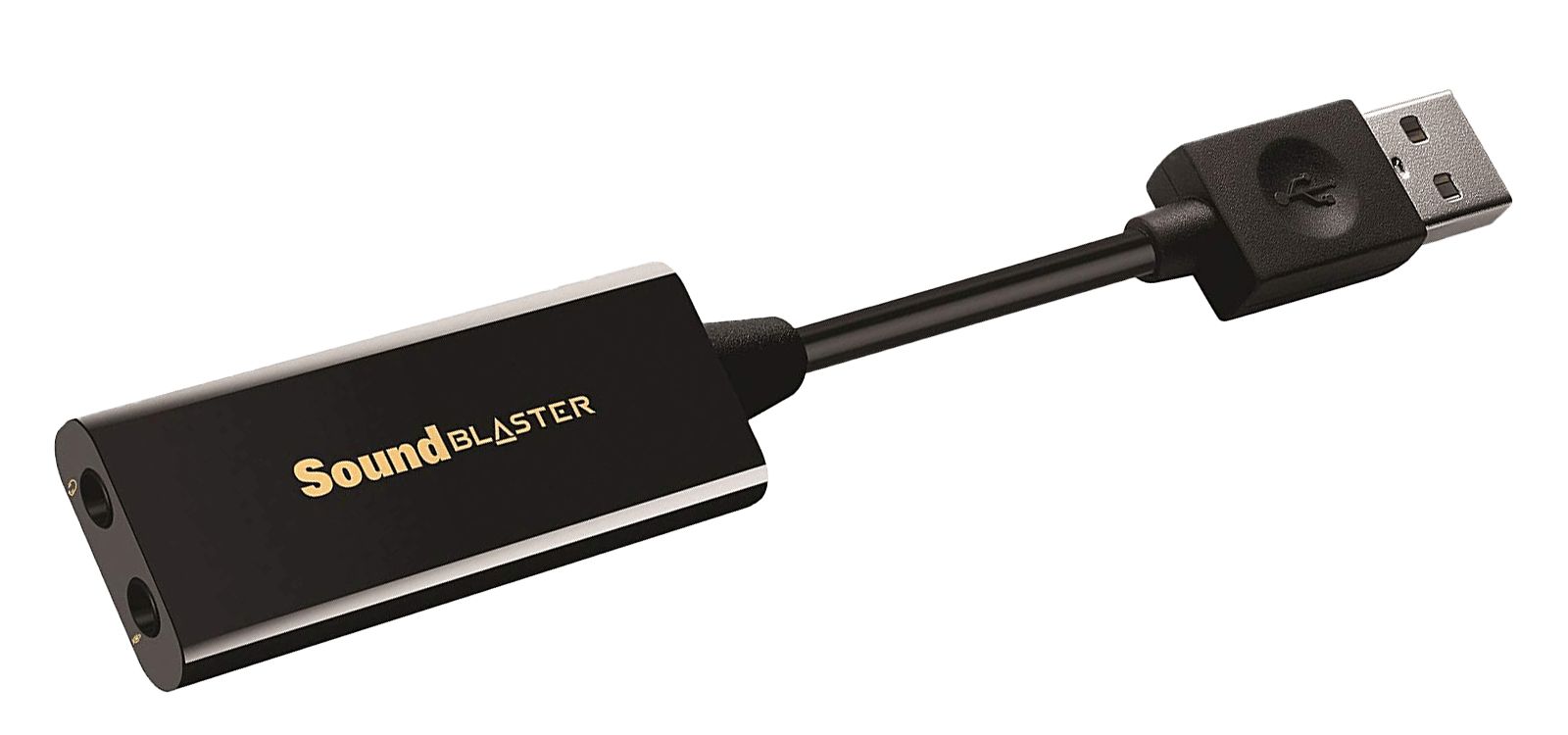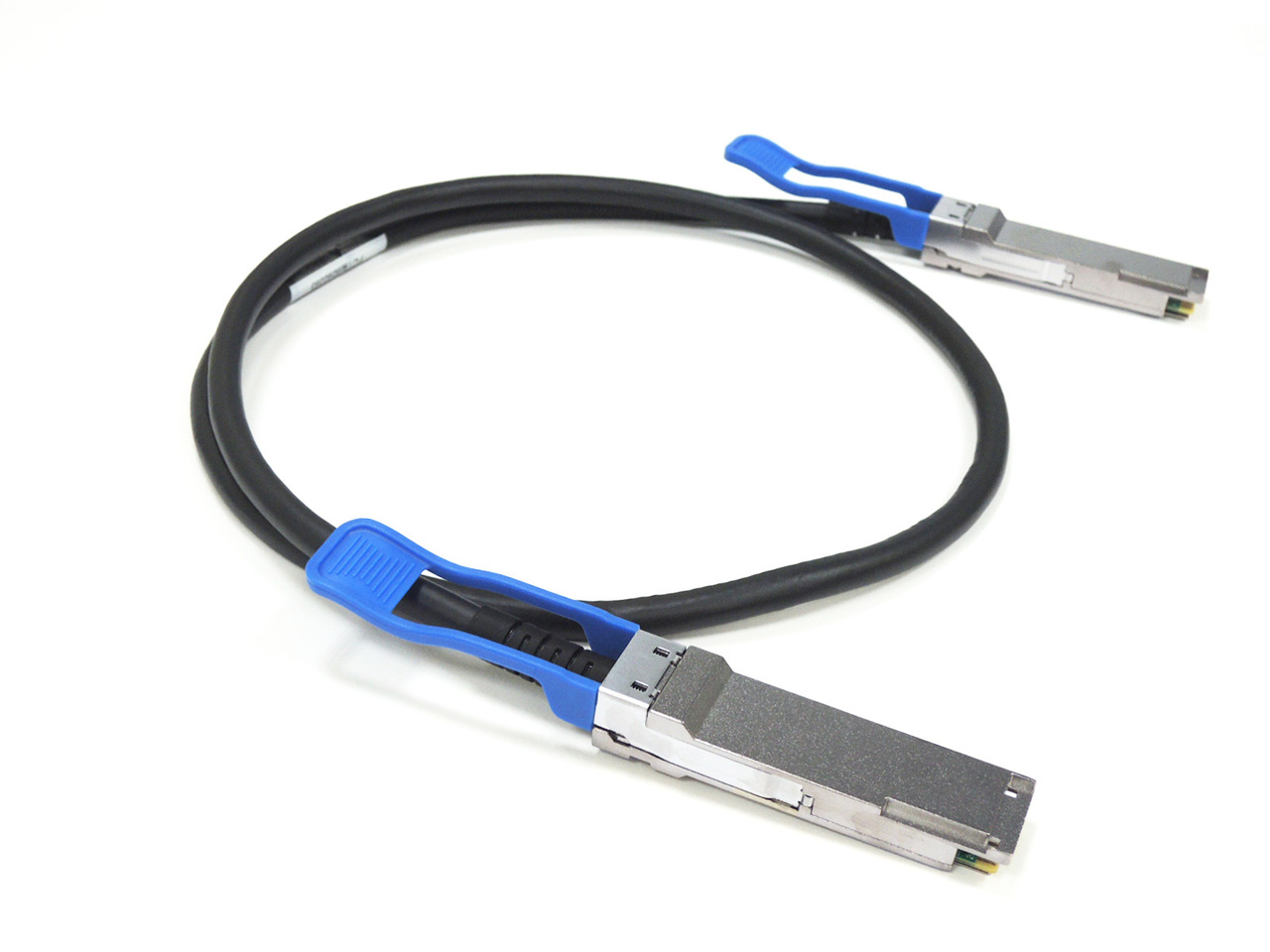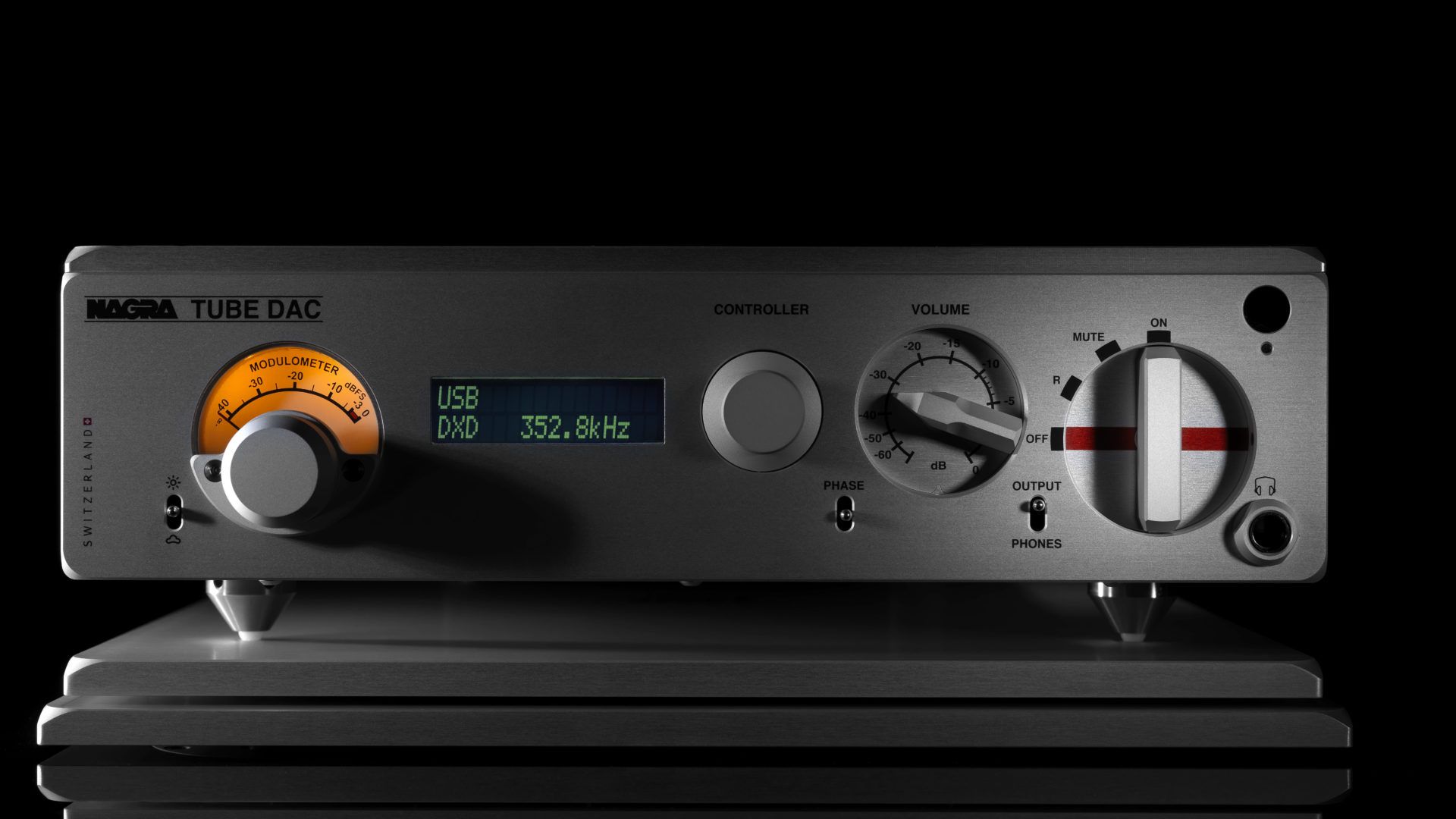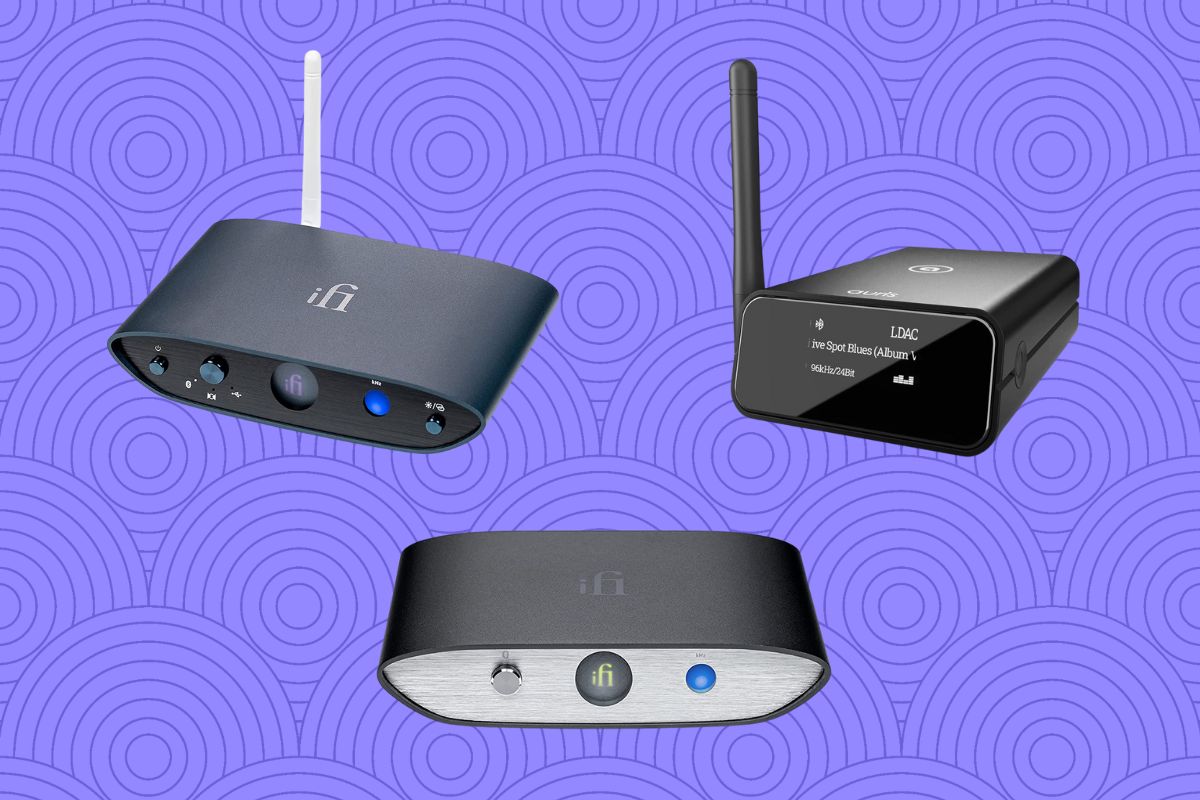Introduction
Multibit digital-to-analog converters (DACs) are at the heart of modern audio equipment, providing the critical function of converting digital signals into high-fidelity analog audio. Understanding the technology behind multibit DACs is essential for anyone seeking to comprehend the intricate process of digital audio conversion. With a focus on precision and accuracy, multibit DACs play a pivotal role in delivering rich, immersive sound experiences across a wide range of audio devices.
In this article, we delve into the inner workings of multibit DACs, exploring their mechanisms, advantages, disadvantages, and applications. By unraveling the complexities of these advanced components, we aim to shed light on the technology that underpins the seamless conversion of digital audio data into the captivating analog sound that enriches our daily lives.
As we embark on this journey through the realm of multibit DACs, it becomes evident that these sophisticated devices are not merely electronic components, but rather the enablers of aural artistry. By gaining a deeper understanding of multibit DAC technology, we can truly appreciate the meticulous engineering and innovation that contribute to the evolution of audio reproduction.
What is a Multibit DAC?
A multibit digital-to-analog converter (DAC) is a critical component in the realm of digital audio processing. At its core, a multibit DAC is designed to convert digital signals into analog audio with remarkable precision and fidelity. Unlike its single-bit counterpart, which operates on a binary scale, a multibit DAC utilizes multiple bits to represent the amplitude of the analog signal. This approach allows for a more nuanced and accurate conversion process, resulting in enhanced audio quality and a more faithful representation of the original audio waveform.
In a multibit DAC, the digital input is processed using a series of resistors and switches to generate the corresponding analog output. The use of multiple bits enables the DAC to finely adjust the voltage levels, thereby capturing subtle nuances in the audio signal. This intricate process ensures that the analog output mirrors the intricacies of the original digital audio, preserving details and dynamics with exceptional clarity.
One distinguishing feature of multibit DACs is their ability to handle a wide range of input amplitudes with remarkable precision. By employing multiple bits, these converters can accurately represent varying signal strengths, resulting in a more faithful reproduction of the original audio. This capability is particularly advantageous in scenarios where high-resolution audio is paramount, such as professional audio production and audiophile-grade playback systems.
Furthermore, multibit DACs are renowned for their ability to mitigate quantization errors, a common challenge in digital audio conversion. The use of multiple bits allows for finer quantization levels, reducing the impact of quantization noise and distortion. As a result, multibit DACs excel in preserving the integrity of the audio signal, minimizing artifacts, and delivering a more natural and immersive listening experience.
In essence, a multibit DAC represents a pinnacle of precision and fidelity in digital-to-analog conversion, offering a sophisticated solution for demanding audio applications. By harnessing the power of multiple bits, these advanced converters elevate the quality of audio reproduction, setting a high standard for accuracy and sonic excellence.
How Multibit DACs Work
Multibit digital-to-analog converters (DACs) operate through a meticulously orchestrated process that culminates in the faithful translation of digital audio signals into high-fidelity analog waveforms. At the heart of this operation lies a sophisticated interplay of electronic components and precision engineering, designed to uphold the integrity and nuances of the original audio data.
The fundamental mechanism of multibit DACs revolves around the conversion of digital input, typically represented in binary form, into analog output with a high degree of accuracy. This intricate process begins with the reception of digital data, which is then processed through a series of carefully calibrated resistors and switches within the DAC circuitry. These components work in harmony to translate the binary input into a corresponding analog voltage, mirroring the amplitude of the original audio signal.
Central to the operation of multibit DACs is the utilization of multiple bits to represent the amplitude of the analog output. Unlike single-bit DACs, which rely on a binary approach to signal representation, multibit DACs leverage a broader bit depth, allowing for finer gradations in voltage levels. This finer resolution enables the DAC to capture subtle variations in the audio signal, preserving delicate nuances and dynamic range with exceptional precision.
The process of digital-to-analog conversion in multibit DACs involves the precise manipulation of voltage levels to mirror the digital input. As the digital data traverses the DAC circuitry, the amplitude of the analog output is meticulously adjusted based on the bit values, ensuring that the resulting waveform faithfully reflects the original audio signal. This intricate adjustment of voltage levels is instrumental in preserving the fidelity and intricacies of the audio, delivering a rich and immersive sonic experience.
Furthermore, multibit DACs excel in mitigating quantization errors, a common challenge in digital audio conversion. By employing multiple bits, these advanced converters can achieve finer quantization levels, reducing the impact of quantization noise and distortion. This meticulous control over quantization enhances the accuracy of the analog output, minimizing artifacts and preserving the natural dynamics of the audio signal.
In essence, the operation of multibit DACs represents a harmonious blend of precision, engineering, and meticulous signal processing. By harnessing the power of multiple bits and intricate circuitry, these advanced converters stand as paragons of audio fidelity, elevating the quality of digital-to-analog conversion to new heights.
Advantages of Multibit DACs
Multibit digital-to-analog converters (DACs) offer a myriad of advantages that position them as indispensable components in the realm of high-fidelity audio reproduction. These advanced converters, renowned for their precision and fidelity, bring forth a host of benefits that elevate the quality of audio playback and production.
1. Enhanced Fidelity and Resolution
One of the primary advantages of multibit DACs lies in their ability to deliver enhanced fidelity and resolution. By utilizing multiple bits to represent the amplitude of the analog output, these converters can capture subtle nuances and intricacies in the audio signal with remarkable precision. This results in a more faithful reproduction of the original audio waveform, preserving details and dynamics with exceptional clarity. The heightened resolution afforded by multibit DACs contributes to a more immersive and lifelike listening experience, allowing listeners to discern fine details and subtle tonal variations with unparalleled accuracy.
2. Reduced Quantization Errors
Multibit DACs excel in mitigating quantization errors, a common challenge in digital audio conversion. The use of multiple bits enables these converters to achieve finer quantization levels, thereby minimizing the impact of quantization noise and distortion. This meticulous control over quantization enhances the accuracy of the analog output, ensuring that the audio signal is faithfully preserved without the introduction of artifacts or unwanted noise. As a result, multibit DACs are capable of delivering pristine, artifact-free audio playback, maintaining the integrity of the original recording with exceptional clarity.
3. Wide Dynamic Range
Another notable advantage of multibit DACs is their ability to handle a wide range of input amplitudes with remarkable precision. The utilization of multiple bits allows these converters to accurately represent varying signal strengths, resulting in a more expansive dynamic range. This capability is particularly beneficial in scenarios where high-resolution audio playback is essential, as it enables multibit DACs to faithfully reproduce the full spectrum of audio dynamics, from subtle whispers to thunderous crescendos. The wide dynamic range afforded by multibit DACs contributes to a more immersive and captivating audio experience, allowing listeners to fully appreciate the nuances and intensity of the original recording.
4. High-Resolution Audio Playback
Multibit DACs are well-suited for high-resolution audio playback, catering to the discerning needs of audiophiles and professional audio enthusiasts. The precision and fidelity offered by these converters make them ideal for reproducing high-definition audio formats, ensuring that every sonic detail is faithfully rendered with exceptional accuracy. Whether used in premium audio systems, studio monitors, or professional recording equipment, multibit DACs excel in preserving the nuances and subtleties of high-resolution audio, delivering a truly immersive and authentic listening experience.
In summary, the advantages of multibit DACs encompass enhanced fidelity, reduced quantization errors, wide dynamic range, and high-resolution audio playback. These benefits collectively underscore the pivotal role of multibit DACs in elevating the quality of audio reproduction, setting a high standard for precision, accuracy, and sonic excellence.
Disadvantages of Multibit DACs
While multibit digital-to-analog converters (DACs) offer a host of advantages, they are not without limitations. It is essential to acknowledge the potential drawbacks associated with these advanced converters, providing a comprehensive understanding of their performance and applicability in various audio scenarios.
-
Complexity and Cost
Multibit DACs, due to their intricate design and precision engineering, often entail a higher level of complexity compared to their single-bit counterparts. The intricate circuitry and the need for meticulous calibration contribute to an elevated manufacturing cost, making multibit DACs a premium and relatively expensive solution. The complexity of multibit DACs can also pose challenges in terms of integration into compact audio devices, where space and cost constraints may favor simpler, single-bit DAC designs. -
Power Consumption
Another consideration when evaluating multibit DACs is their power consumption. The operation of multibit DACs, especially those designed for high-resolution audio playback, may necessitate a relatively higher power demand compared to single-bit DACs. This heightened power requirement can impact the overall energy efficiency of audio devices, particularly in portable or battery-operated applications, where minimizing power consumption is a crucial consideration. -
Processing Speed
Multibit DACs, by nature of their design and the need for precise voltage adjustments across multiple bits, may exhibit limitations in processing speed compared to single-bit DACs. While this may not be a significant concern for most audio playback scenarios, it can pose challenges in applications that demand rapid data conversion, such as real-time audio processing or high-speed digital audio interfaces. -
Sensitivity to Noise and Interference
The intricate nature of multibit DACs, with their reliance on multiple bits to represent analog amplitudes, can render them relatively more sensitive to electrical noise and interference. Maintaining signal integrity and minimizing noise-induced artifacts becomes a critical consideration in the design and implementation of multibit DAC-based audio systems, necessitating robust shielding and noise mitigation strategies to preserve audio fidelity.
In essence, while multibit DACs offer unparalleled precision and fidelity in digital-to-analog conversion, their complexity, cost, power consumption, processing speed, and sensitivity to noise and interference warrant careful consideration in the context of specific audio applications. Understanding the limitations of multibit DACs alongside their advantages is crucial for informed decision-making in audio system design and implementation.
Applications of Multibit DACs
Multibit digital-to-analog converters (DACs) find diverse and pivotal applications across the audio landscape, catering to a wide spectrum of audio playback, production, and recording scenarios. The precision, fidelity, and nuanced performance of multibit DACs render them indispensable in delivering high-quality audio experiences across various domains.
High-End Audio Systems
Multibit DACs serve as the cornerstone of high-end audio systems, where uncompromising audio fidelity is paramount. In premium audiophile-grade setups, multibit DACs play a pivotal role in faithfully reproducing high-resolution audio formats, ensuring that every sonic detail is rendered with exceptional accuracy. The enhanced resolution and fidelity offered by multibit DACs elevate the listening experience, allowing audiophiles to discern subtle nuances and tonal intricacies with unparalleled clarity.
Professional Audio Production
In the realm of professional audio production, multibit DACs are instrumental in maintaining the integrity of the audio signal throughout the recording and mixing process. These advanced converters enable audio engineers and producers to accurately monitor and evaluate the nuances of the recorded audio, facilitating precise adjustments and informed decision-making during the production workflow. Whether used in studio monitors, audio interfaces, or mastering consoles, multibit DACs contribute to the faithful reproduction of audio, ensuring that the original artistic intent is preserved with uncompromising precision.
High-Resolution Music Playback
With the growing popularity of high-resolution audio formats, multibit DACs have emerged as essential components in dedicated music playback systems. These converters excel in faithfully reproducing the intricate details and dynamic range present in high-definition audio recordings, delivering a truly immersive and authentic listening experience. Whether integrated into standalone digital-to-analog converters or premium portable audio players, multibit DACs elevate the playback of high-resolution music, allowing enthusiasts to immerse themselves in the richness and clarity of studio-quality audio.
Professional Audio Monitoring
Multibit DACs play a critical role in professional audio monitoring applications, where accurate and transparent audio reproduction is imperative. From broadcast studios to post-production facilities, multibit DACs facilitate precise monitoring of audio content, enabling professionals to assess the fidelity, tonal balance, and spatial characteristics of the recorded material with exceptional accuracy. The ability of multibit DACs to faithfully preserve the nuances of the audio signal makes them indispensable in critical listening environments, ensuring that audio professionals can make informed decisions with confidence.
In essence, the applications of multibit DACs span a broad spectrum, encompassing high-end audio systems, professional audio production, high-resolution music playback, and professional audio monitoring. The precision, fidelity, and nuanced performance offered by multibit DACs position them as indispensable components in delivering uncompromising audio quality across diverse audio applications.
Conclusion
In conclusion, the technology behind multibit digital-to-analog converters (DACs) represents a pinnacle of precision and fidelity in the realm of audio reproduction. These advanced converters, characterized by their use of multiple bits to faithfully translate digital audio signals into high-fidelity analog waveforms, stand as paragons of engineering excellence and sonic artistry.
The intricate workings of multibit DACs, from the precise manipulation of voltage levels to the meticulous mitigation of quantization errors, underscore the dedication to preserving the integrity and nuances of the original audio data. By harnessing the power of multiple bits and intricate circuitry, multibit DACs elevate the quality of digital-to-analog conversion to new heights, delivering a rich and immersive sonic experience.
The advantages of multibit DACs, including enhanced fidelity, reduced quantization errors, wide dynamic range, and high-resolution audio playback, position them as indispensable components in the realm of high-fidelity audio reproduction. From high-end audio systems and professional audio production to high-resolution music playback and professional audio monitoring, multibit DACs find diverse and pivotal applications across the audio landscape, catering to a wide spectrum of audio playback, production, and recording scenarios.
While multibit DACs offer unparalleled precision and fidelity, it is essential to acknowledge their potential limitations, including complexity, cost, power consumption, processing speed, and sensitivity to noise and interference. Understanding the advantages and disadvantages of multibit DACs is crucial for informed decision-making in audio system design and implementation, ensuring that these advanced converters are utilized in scenarios where their strengths can be fully realized.
In essence, the technology behind multibit DACs represents a harmonious blend of precision, engineering, and meticulous signal processing, enabling these advanced converters to stand as paragons of audio fidelity. By unraveling the complexities of multibit DAC technology, we gain a deeper appreciation of the meticulous engineering and innovation that contribute to the evolution of audio reproduction, setting a high standard for accuracy, precision, and sonic excellence.

























